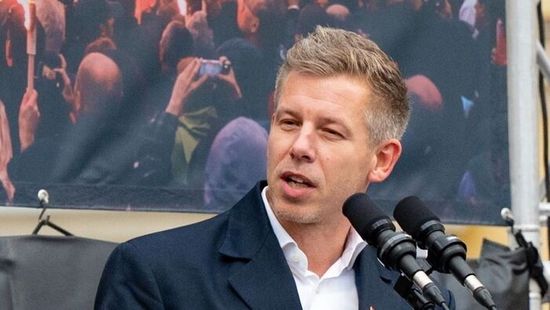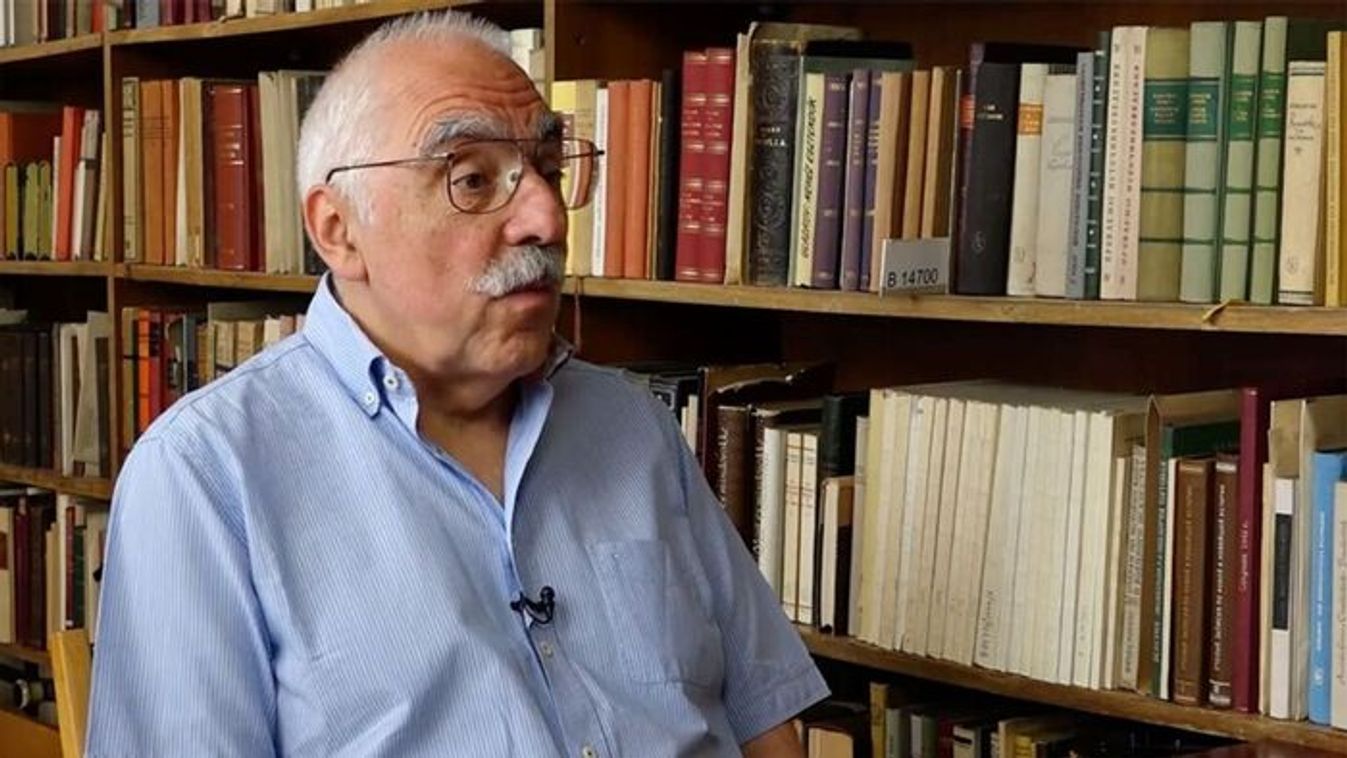Lebuktak: halálos lökést jelentene a Tisza Pártnak, ha erről beszélnének a magyarok karácsonykor

Nagyon szeretné a Tisza Párt, hogy a magyarok karácsonykor ne a baloldali tervekről beszélgessenek az ünnepi asztalnál.

More than a decade into the 21st century, Admiral Miklós Horthy's legacy is still a matter of hot political debate in Hungary. While not surprising, it has become somewhat tragicomic. Horthy is a part of our history. We have certainly had better leaders than Horthy. But we have also had worse. Could sober minds find some less-controversial and more acceptable historical figures to honor?
“Very deep is the well of the past. Should we not call it bottomless?” asks Thomas Mann in his novel Joseph and His Brothers. We should ask the same thing when we consider Hungarian politics of late. After the 100th anniversary of the birth of János Kádár, the long-time communist leader of Hungary, it's time to turn to an even earlier Hungarian leader from the past, Horthy. Horthy ruled Hungary as a regent between World War I and II, and the 24 years of his conservative, authoritarian regime were an important - and still controversial - era of 20th Century Hungarian history.
While it’s hard to classify Horthy in black–and-white terms, one thing is certain: he wasn't red. The former admiral of Austria-Hungary, who rose to power after the collapse of the Habsburg Empire in 1918 and the communist coup of the Hungarian Soviet Republic in 1919, was a committed anticommunist who had a lifelong fear of Soviet-style bolshevism. Horthy's main goal was to maintain the broken Hungarian ancien régime of the aristocracy, the clergy and the Christian middle class.
Earlier this year, on Budapest’s beautiful Heroes' Square in Budapest, different groups of Hungarian citizens were protesting against – or for – Horthy, who died more than 50 years ago. Civil rights activists, leftists and hardcore liberals gathered to express their discontent with the cult reviving around the regent's political personality, while their speakers tried to draw parallels with Horthy's era and the contemporary political situation in Hungary. Meanwhile, separated by safe police cordons, radical right-wing supporters praised Admiral Horthy's politics.

Why?
Why indeed. Horthy, who enjoyed the support of the United States for a while, was not a typical Liberal Democrat, but for many years, he and his governments were able to stop the real radical right wingers, the Nazis and the Arrow Cross party members in the 1920s and the 1930s. While the Communist Party of Hungary was outlawed under the Horthy regime, the leading activists and politicians of the radical right were under constant observation by the regime's secret police, and many of them were imprisoned. But is that enough to put Horthy on a pedestal, as if he were a statesman who followed the golden path in troubled times?
No. The years of his rise and his fall were an era of war, anarchy and suffering for much of Hungarian society. Following the brief period of the Red Terror of the Hungarian Soviet Republic, Horthy, as the leader of the National Army, did not stop (whether by desire or impotence) the atrocities of the White Terror wrought by the radicals of his armed forces. Horthy himself wrote later: “I have no reason to gloss over deeds of injustice and atrocities committed when an iron broom alone could sweep the country clean.” He also stated: ”The Communists in Hungary, willing disciples of the Russian Bolshevists, had indeed let hell loose.” But after 1920 Horthy’s new regime accepted the peace treaty of Trianon, and in a few short years, he and especially some of the prime ministers of that era were able to stabilize the country despite the enormous losses of World War I and the humiliation of Trianon.
Viktor Orbán got it right: Horthy was not a dictator. However, Horthy's regime was not a proper democracy. He was an authoritarian leader, but the political system was a kind of "directed democracy". István Bethlen, the most influential and successful prime minister of the Horthy-era described it as "conservative democracy". For 24 years, more or less successful prime ministers tried to stabilize Hungary, protect the ancien regime and find the country's place in a changing Europe. Horthy’s party held a majority in the parliament for 24 years, but royalist, liberal, social democrat and radical right-wing parties also carried seats. The press was rather free, though with some taboos; intellectual life was vivid; the country had a free market and a capitalist economy. These are just short and imperfect statements, the details would offer a more nuanced picture. Still, it’s hard to dispute that the country was freer in the best years of the Horthy era than during the Communist regime that ruled from 1949 to 1989.
But it is not enough to measure the relative freedom of the Horthy era to that of the Communist dictatorship. The country's drift from the end of the 1930s; the not-too-ardent but indisputable alliance of Hungary with Hitler's Germany and Mussolini's Italy; the racial anti-Jewish laws; the tragedy of World War II; the German and then the Soviet occupation of Hungary: none of it can be disentangled from Horthy's rule from 1920 to 1944.
The admiral-regent of Hungary should not be an icon of the current conservative government of Hungary. Citizens and communities should have the right to salute the memory of Horthy, just as others have the right to express their discontent with his legacy. But not by abusing public statues, as happened some months ago at a newly erected Horthy-statue in a village near Lake Balaton.
And while some circles debate the relative merits and misdeeds of historic political figures, it is time for sober minds to find some less controversial and more acceptable, respectable icons, who were able to link the past with the future, tradition with progress, the very Hungarian with the world beyond. Béla Bartók, anyone?